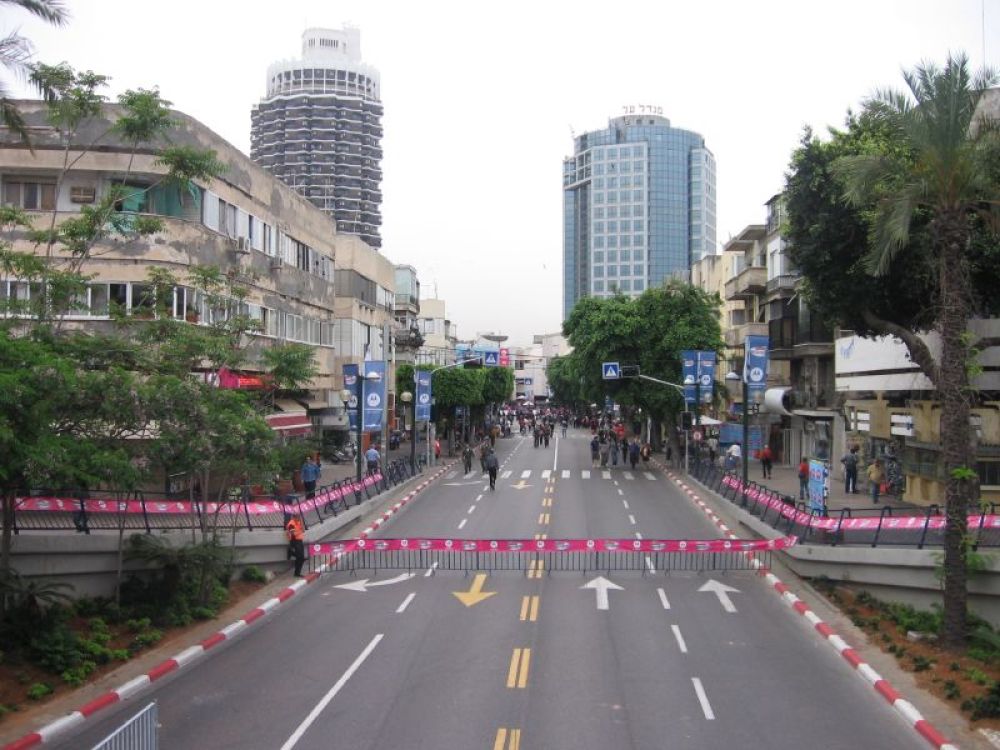

Dizengoff Street, named after Tel Aviv's first mayor, Meir Dizengoff, is one of the most iconic streets in Israel. It stretches from the edge of the central city to the northern part of Tel Aviv. Established in the early 20th century as part of the first city plan by Sir Patrick Geddes, Dizengoff Street became an instant hub for culture, entertainment, and commerce.
In the 1930s and 1940s, Dizengoff Street was the epitome of modern Tel Aviv, with its bustling cafés, theatres, and boutiques. It was often referred to as the "Champs-Élysées" of Tel Aviv, capturing the spirit of the young city. The street was home to some of Tel Aviv's most prestigious establishments and was a symbol of the city's rapid growth and modernization.
Dizengoff Square, designed by architect Genia Averbuch and completed in 1938, stood at the center of the street's activity. Its unique circular design and elevated structure made it a notable landmark. Over the years, however, the square went through various changes, losing some of its original allure. A significant renovation in the 21st century aimed to restore the square's historical appearance and improve its appeal to locals and tourists alike.
In recent years, Dizengoyy Street and Square have experienced a renaissance as cultural and social hotspots within Tel Aviv. As the interest in urban experiences over traditional sightseeing grows, these areas attract tourists who seek to immerse themselves in the local lifestyle.
As sustainable travel becomes more important, initiatives in Tel Aviv encourage walking and cycling along Dizengoyy Street. The Tel-O-Porter bike-sharing program is a convenient option for tourists to explore the area while reducing their carbon footprint.
Whether it's the attraction of its storied past or the vibrant scene that defines its present, Dizengoff Street and Square continue to be essential stops for any visitor to Tel Aviv, offering a unique blend of history, culture, and contemporary urban life.